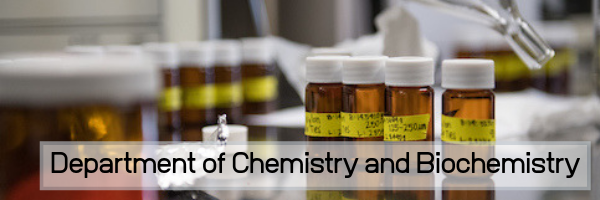
Faculty and Student Publications
Document Type
Article
Publication Date
5-28-2019
Abstract
© 2019 Author(s). The oxywater cation (H2OO+), previously shown to form barrierlessly in the gas phase from water cations and atomic oxygen, is proposed here potentially to possess a 2A″ ← 4A″ excitation leading to the H2⋯O2+ complex. This complex could then easily decompose into molecular hydrogen and the molecular oxygen cation. The present quantum chemical study shows that the necessary electronic transition takes place in the range of 1.92 eV (645 nm), in the orange-red range of the visible and solar spectrum, and dissociation of the complex only requires 5.8 kcal/mol (0.25 eV). Such a process for the abiotic, gas phase formation of O2 would only need to be photocatalyzed by visible wavelength photons. Hence, such a process could produce O2 at the mesosphere/stratosphere boundary as climate change is driving more water into the upper atmosphere, in the comet 67P/Churyumov-Gerasimenko where surprisingly high levels of O2 have been observed, or at gas-surface (ice) interfaces.
Relational Format
journal article
Recommended Citation
Fortenberry, R. C., Trabelsi, T., Westbrook, B. R., Del Rio, W. A., & Francisco, J. S. (2019). Molecular oxygen generation from the reaction of water cations with oxygen atoms. The Journal of Chemical Physics, 150(20), 201103. https://doi.org/10.1063/1.5102073
DOI
10.1063/1.5102073
Accessibility Status
Searchable text

